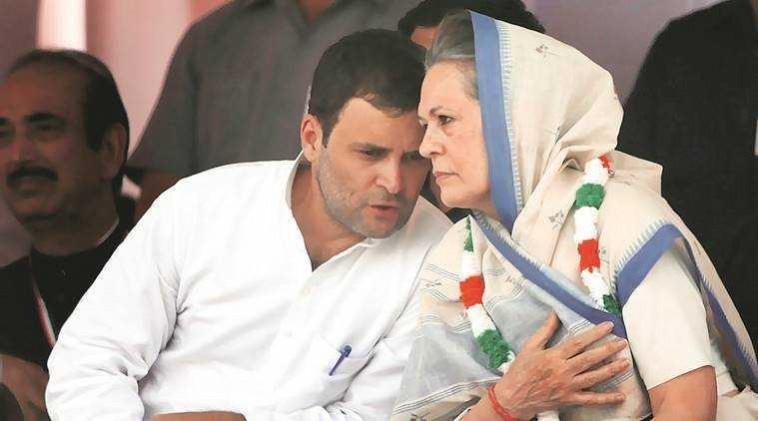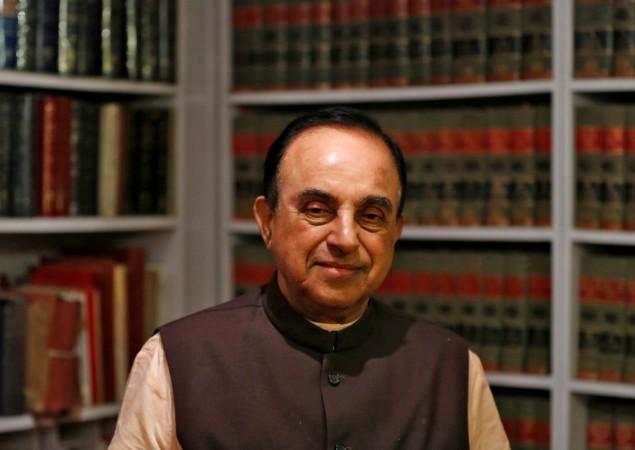Ever since the Enforcement Directorate (ED) recently summoned Congress leaders Rahul and Sonia Gandhi, there has been public scrutiny, speculation and debate over what has come to be known as the National Herald Case.
The ED, which fights financial crimes in India, has summoned the leaders to explain allegations of money laundering made against them by BJP leader Subramaniam Swamy. He has accused the Gandhis of corruption, money laundering and misusing and diverting party funds towards a firm that published the now-defunct newspaper The National Herald.

On Monday, Rahul Gandhi, leader of India's Congress Party, marched to the office in the Capital, accompanied by his sister Priyanka Gandhi and hordes of Congress supporters. Following the protests, Delhi Police detained a few leaders from the Congress, namely, Adhir Ranjan Chowdhury, Ashok Gehlot and KC Venugopal.
As for Sonia Gandhi, since she is recovering from COVID at a hospital, fresh summons have been issued dated June 23. The Gandhis have denied all the allegations and any financial wrongdoing. Congress has also officially alleged that the summons reeked of, "vendetta, pettiness and cheap politics."
About The National Herald

The newspaper The National Herald was started in 1938 by Rahul Gandhi's great grandfather and India's first Prime Minister Jawaharlal Nehru. After assuming the role of the Prime Minister, Nehru resigned from the board of the newspaper.
From the period of 1938 to 1947, the paper earned the reputation of being a nationalist newspaper as it came to be identified with India's freedom struggle and after Independence, its policies. For understandable reasons, the paper was banned by the British government in 1942, only to bounce back three years later. Thereafter, it ceased to be printed only in 2008 due to financial crisis but was again relaunched in 2016, as a digital publication.
Although the newspaper was originally founded and published by Associated Journals Limited (AJL) with 5000 freedom fighters as its shareholders, the paper continued to be shaped largely by the Congress party's ideology.
When did the alleged irregularities come in?

In the November of 2012, Subramaniam Swamy filed a case in a trial court against Sonia and Rahul Gandhi alleging that both of them had committed financial fraud to the tune of Rs 16 billion. He said that the Gandhis misused Congress party funds to acquire AJL and thereby its 20bn rupees in property assets. In 2008, when the paper shut down, AJL reportedly owed Congress a debt amounting to Rs 900m.
In 2010, this debt was assigned by the Congress party to a non-profit company Young India Private Limited (YIPL). Sonia and Rahul Gandhi own a 38% stake in YIPL and are on its board of directors. This is how Young India acquired control over AJL and the real estate belonging to AJL, located in Delhi, Mumbai and other cities.
Congress, on the other hand, says that in fact, it was Congress who bailed out Herald's publishing company AJL by lending it 900m rupees. AJL became debt-free in 2010 by swapping its debt for equity and assigned the shares to the newly created non-profit company called Young India Private Limited. Congress claims that since Young India is a non-profit company no dividends have been paid to its shareholders.
Meanwhile, Rahul Gandhi returns for round 2
On Monday, after three hours of questioning in Round 1, Congress leader Rahul Gandhi again reached the ED office for the second round of questioning. As the case lingers on, the political ruckus surrounding the case continues.










